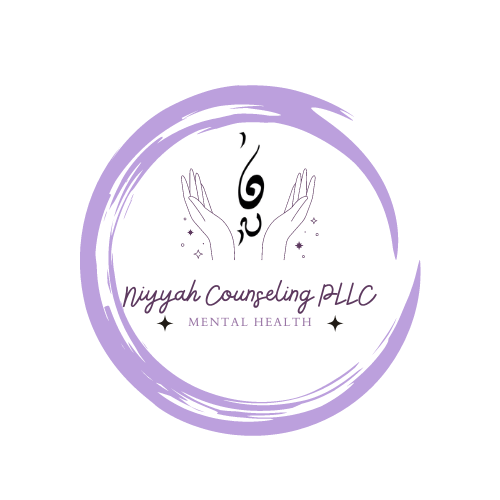Anxiety is..well..anxiety inducing. At points it can appear due to known triggers and stimuli. In other moments anxiety can feel unknown, scary and random. Let’s face it, if anxiety followed a road map, it would probably be less anxiety inducing. The thing about anxiety is, it can kind of come up when we least expect it.
So what do we do if anxiety strikes in between our therapy sessions?
Step one: Breathe. Take a big breath in and out in an effort to center yourself. It’s amazing how much of our anxiety can be rooted in our automatic processes. It makes sense if we think about it though. Anxiety often creates an increased heart rate, and we counter that with reducing our heart rate through calm, controlled breathing.
Step two: Ground yourself. Grounding is a wonderful technique to further combat anxiety. Grounding is the act of centering yourself in the environment that you are currently in. The thing about anxiety is that our brain can often send our thoughts elsewhere. Sometimes anxiety sends our mind into the unknowns of the future, at other times, anxiety has us focusing on the past in a way that our thought process can get stuck in the notion of past mistakes. Grounding techniques take you from future or past to present minded. A great way to ground yourself is to be aware of the little things in your surroundings. For example, try making note of the things around you, count what you see, pay attention to what you can hear and feel around you.
Step three: Go outside. Outside can be helpful for several reasons as it relates to anxiety. One key reason is that changing your physical environment and surroundings can be great to break the cycle of anxious thoughts by forcing your brain into a new safe situation. Another way that it is helpful is that going outside can give you plenty of fresh air to breath (see step one) and plenty of things to see, hear and experience (see step 2).
Step four: Write it out. Writing out our thoughts and feelings can be a wonderful way to again break from the cycle of anxious thoughts. Writing these anxious thoughts down can help bring the feelings from the cycle out of our mind into the practical world. By writing down your thoughts, we can basically put the thoughts on trial and examine critically if the thoughts are true or simply our perceptions masked in anxiety. Bonus points for this one because writing out the thoughts can be helpful for your therapy sessions especially if at times you are unsure what to talk about in sessions.
Step five: Seek help. If you have tried all of these steps and strategies and the anxiety still feels as though it has a strong grip on you, don’t be afraid to reach out for help. Our team here at Niyyah understands that anxiety doesn’t just pop up while we are talking about it. Your friendly neighborhood Niyyah counselor can help connect you with resources to be used in the event that anxiety peaks outside of therapy.
